I’M JUST CURIOUS: You know you’re a mom…

 by Debbie Walker
by Debbie Walker
Sitting here with my latest cute little book, “You Know You’re A Mom…”, I knew I was going to have to share these with you. I hope they give you a chuckle. They each start out with: You Know You’re A Mom ……
You realize you’re the luckiest person in the world – after you get through throwing up.
Your world is rocked by a blessing the size of a blueberry.
Hearing your baby’s heartbeat for the first time causes your heart to skip a beat.
You know you’re the mom of a baby when …. You would pay $1 million for a 15-minute nap.
You realize all the books were helpful, but you would have been better off spending that time sleeping.
You start talking in a whole new language and use words ‘potty’ and ‘bite-bite’ while speaking to other adults.
You realize that to a little baby throwing food is as much fun as eating it.
You trade your designer purse for a diaper bag.
You learn the hard way that boys tend to spray straight up.
You set a schedule for everything; bedtimes, meals and baths. Your baby ignores every one of them.
You can now shower, dress and get made up in 1/10th the time it used to take.
You stuff most of the baby’s nursery in the diaper bag – and then realize you can’t carry it.
You suddenly realize you have that mysterious capability called mothers intuition.
Your baby is dressed better than you.
A tiny laugh from a tiny person can turn around the worst day.
You cry during your child’s first haircut.
You know you are the mom of a toddler when…. you wake up with extra people in your bed.
I wrote all the preceding words to prepare you for our family’s news. My granddaughter is turning me into a great-grandmother! That’s right, Tristin and her partner in this crime, Chris, are preparing for my first great-grandchild scheduled to arrive in the spring. Chris’ 10-year-old son, Hunter, is going to be the big brother. They are being told we will meet this child around the end of April to the beginning of May.
In the meantime, while we wait, we are getting reports about our (me and Wandering Nana Dee’s) great-grand baby. We have been told by Momma Tristin our little baby has been the size of a blueberry, the next week a raspberry, shortly after, a Southern Pecan, next a Kumquat and most recently a Brussel Sprout. Do you suppose this child will have a complex about being compared to a fruit or vegetable? (She gets this information on some sort of maternity website)
In the meantime, I came up with something I think will be fun. Baby books are in stores so parents can have a guide to recording the baby’s “firsts.” I have decided to start a book to record the family’s (mom, dad, brother, grandparents, aunts and uncles, etc.) remarks, pre-birth gifts and maybe some pictures, etc. I’ll let you know how this works out.
I am just curious what wisdom and advice you would be willing to share with us. I am looking forward to hearing from you. Contact me at dwdaffy@yahoo.com with all questions and comments. Thanks for reading and have a happy, healthy week!
P.S. Just got this information tonight! Part of the mystery of childbirth is over for us. The parents shared with us today that the baby is a girl and her name is Addison Grace, nicknamed Addi. Can’t wait to hold her!





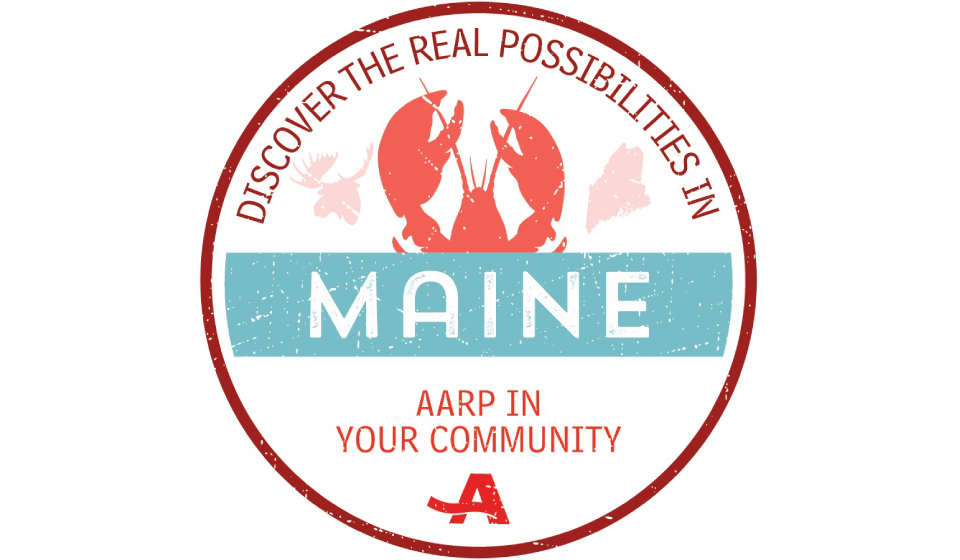
 by Japhet Els
by Japhet Els


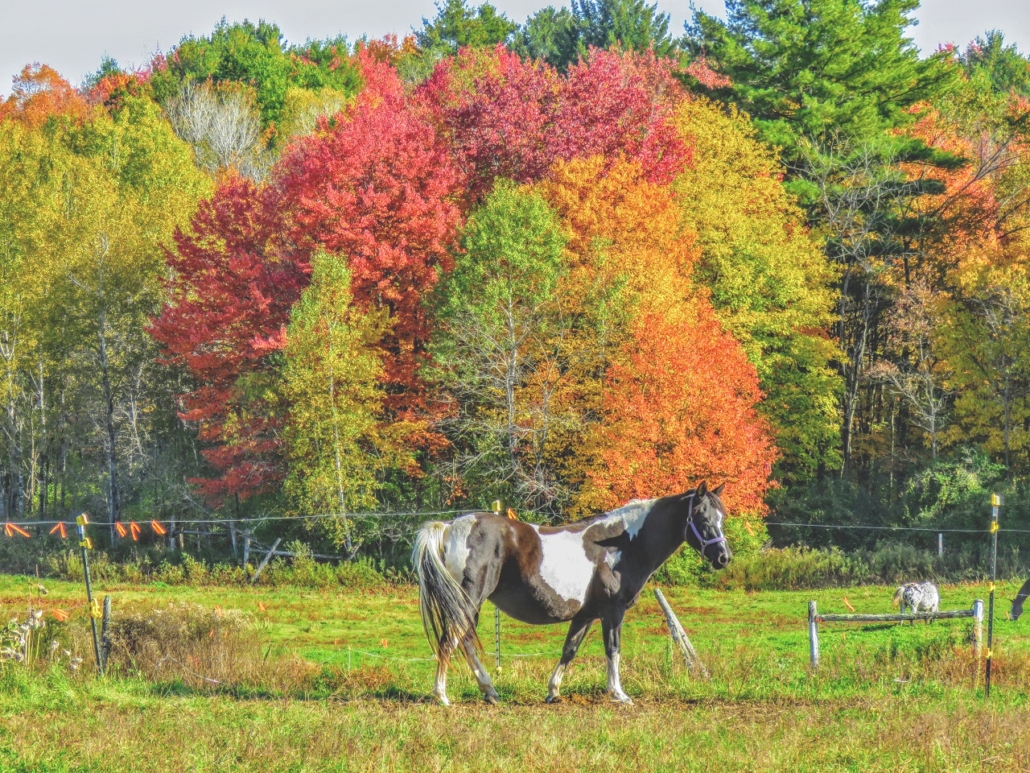
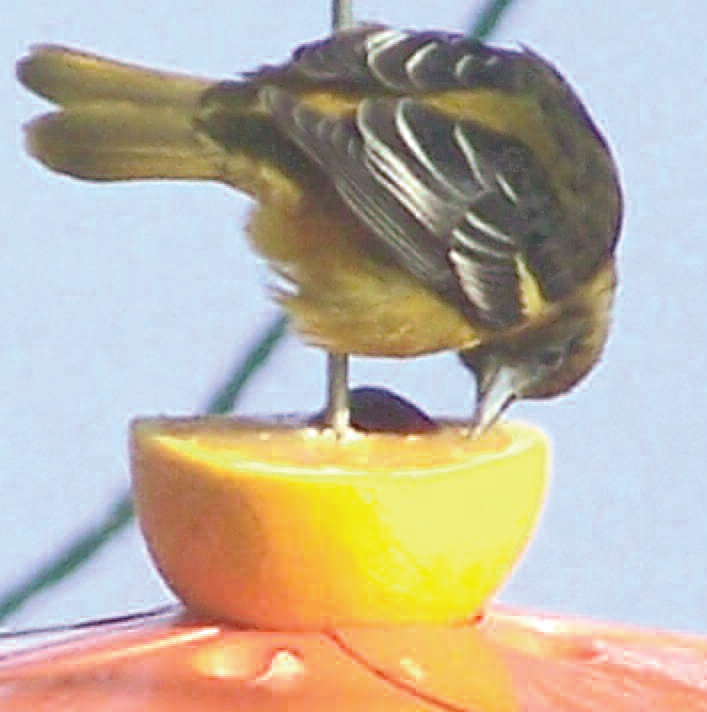
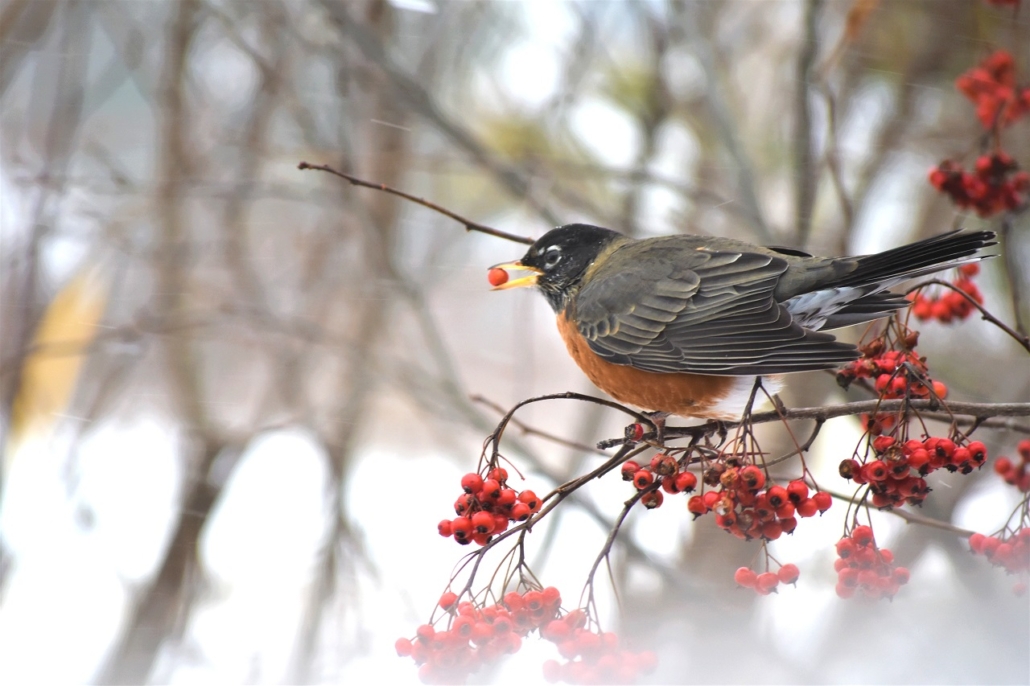
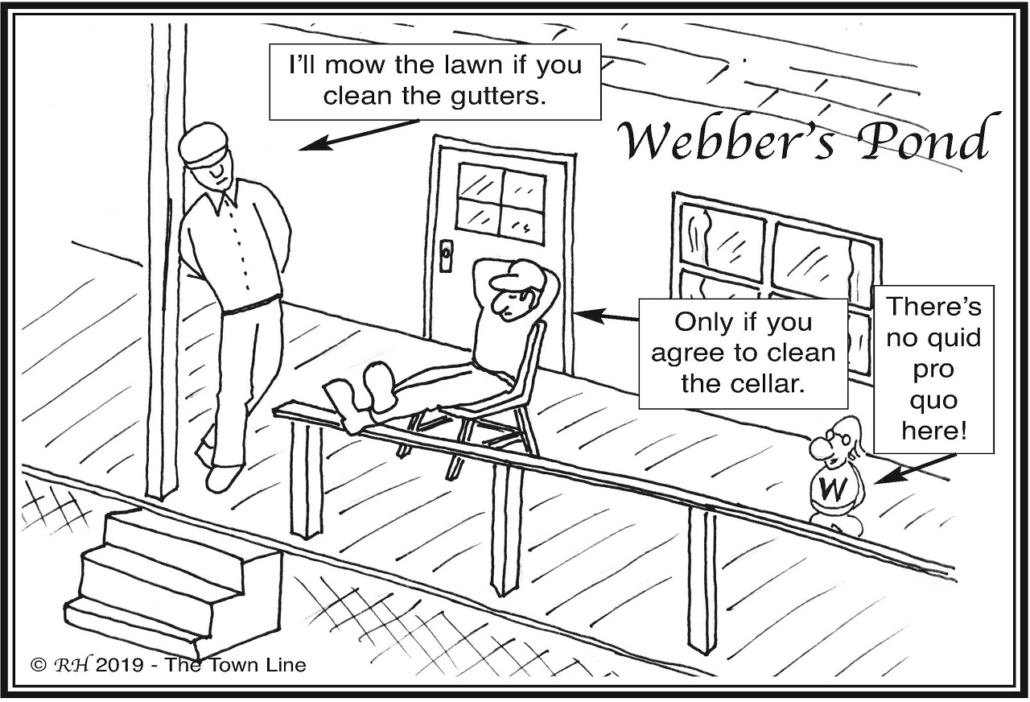
 (NAPSI)—According to the American Cancer Society, about one in nine American men will be diagnosed with prostate cancer. A leading cause of cancer in men, more than 173,000 new diagnoses are expected in the U.S. this year. Fortunately, this disease can be treated successfully, especially if caught early.
(NAPSI)—According to the American Cancer Society, about one in nine American men will be diagnosed with prostate cancer. A leading cause of cancer in men, more than 173,000 new diagnoses are expected in the U.S. this year. Fortunately, this disease can be treated successfully, especially if caught early.